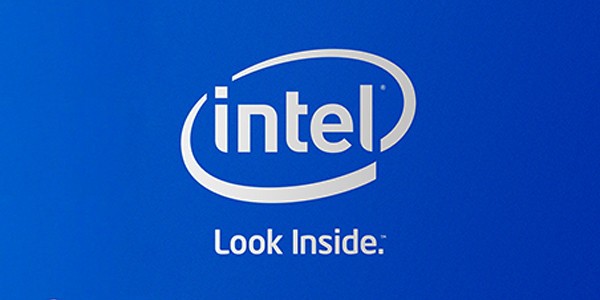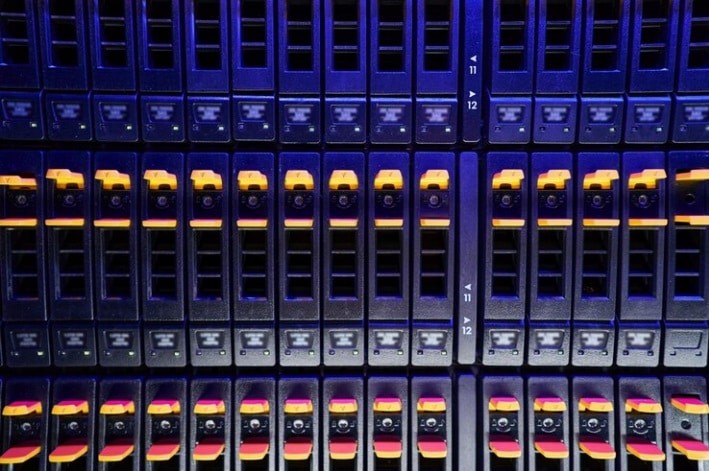Pure Storage today announced the general availability of its FlashArray 300 Series of all-solid-state drive (SSD) storage arrays. Until now, the Mountain View, Calif.-based flash storage company’s systems were available only through a two-year early access program.
Having already shipped more than 100 Pure systems — many of which were deployed to handle frontline production workloads — the company got a taste of what enterprises expect from flash-based storage, said Matt Matt Kixmoeller, vice president of products for Pure Storage. Those insights helped shape a scalable storage platform that blends inline deduplication and compression with high availability hardware features and a software operating environment that enables Pure Storage to squeeze SLC-like longevity out of multilevel cell (MLC) SSDs.
Why MLC? “MLC is the sweet spot for cost reduction,” said Kixmoeller.
MLC Flash Heads To The Data Center
Key to Pure Storage’s strategy for low-cost, SSD-based data center storage is its FlashCare software, which allows Pure to “use the lowest cost SSDs and still get the best performance,” said Kixmoeller. Instead of employing SLC or enterprise MLC flash (eMLC), Pure Storage uses consumer-grade MLC flash-based SSDs from Samsung, an early Pure Storage investor.
Rather than spell a death sentence for enterprise data, FlashCare software enables Pure’s arrays to sustain “multi-100,000-write IOPS workloads” for years while maintaining consistent sub-millisecond latency, according to the company. FlashCare accomplishes this via IO micro-scheduling with QoS monitoring, an SSD-optimized data layout, and non-blocking reads and writes, among other techniques.
On the hardware front, FlashArray 300 was designed with high availability and zero-downtime in mind. It features an Infiniband-clustered redundant controller set up for active/active IO handling on all ports. As for maintaining uptime, Pure’s self-healing technology ensures that “arrays can survive a complete controller loss,” explained Kixmoeller. In fact, compared to the “sealed 2U and 3U devices” from competitors, “everything is hot-swappable,” he added.
The 300 is available in raw capacities of 5.5 TB to 22 TB. The system is capable of up to 200,000 IOPS, sub-millisecond average latency and bandwidth rates of to 1.2 GBps. Network connectivity is provided by 8 Gbps Fibre Channel or 10 Gbps Ethernet ports.
Other features include a Data Integrity Fabric that compensates for SSD’s propensity for higher bit error rates and builds on the native, built-in error correction code (ECC) capabilities of each SSD. FlashArray 300 also supports VMware vStorage API for Array Integration under vSphere 5.0 and full array encryption with no performance impact and zero key management.
All told, FlashArray 300 is a fast, reliable and cost-effective storage platform that has helped Pure’s customers achieve data reduction rates of 5.8 to 1 on average, according to Kixmoeller.
It’s a combo that the company hopes will resonate with IT execs. In a company blog post, CEO Scott Dietzen wrote that Pure’s “all-flash storage that is 10X faster, more space and power efficient, and simpler than disk-centric arrays at a comparable price of $5-10 dollars per GB usable.”
Pure Storage’s FlashArray 300 is available now.






